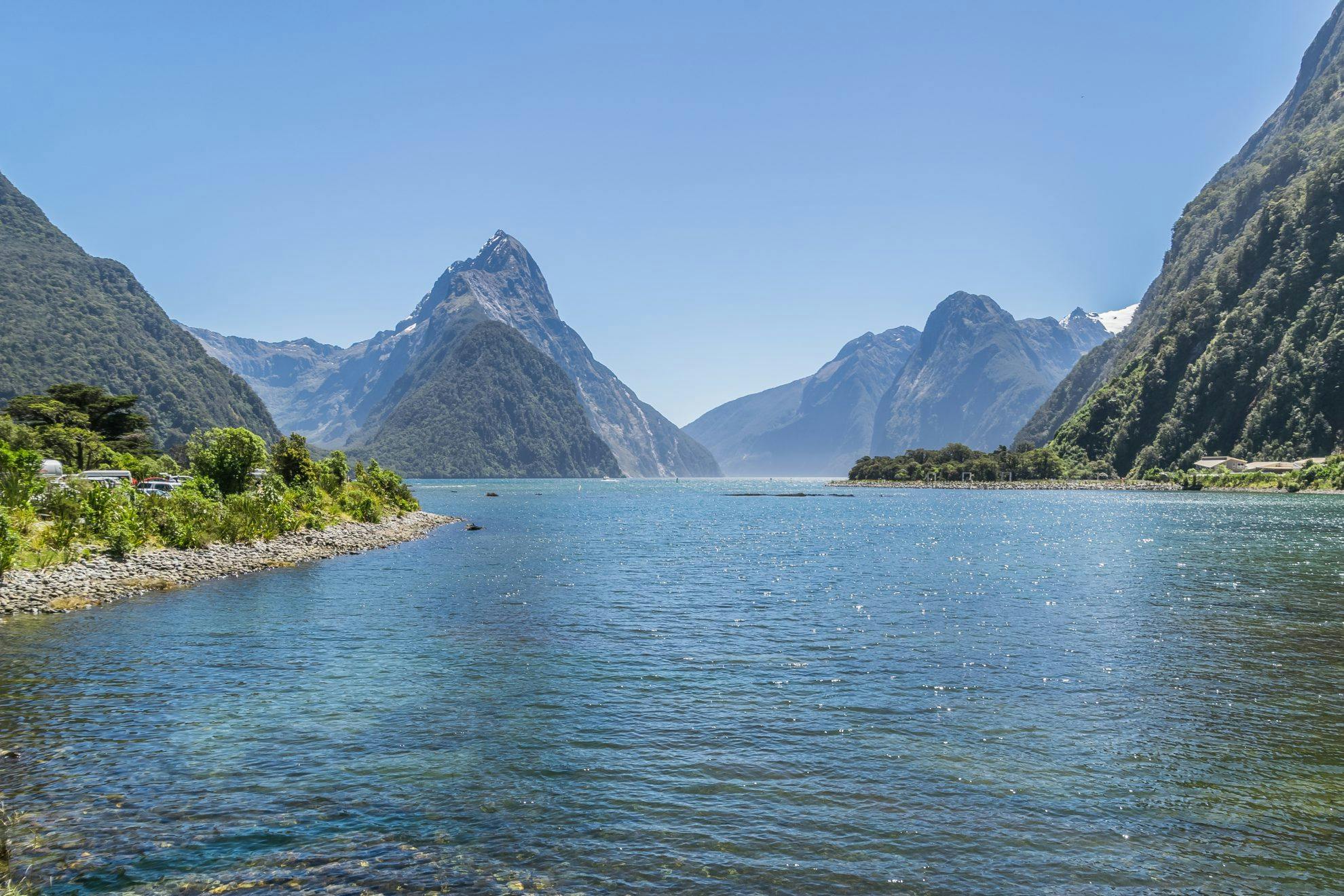Instagrammers will be delighted some of the country’s most scenic and wild spots will soon have cell phone coverage, but some trampers are not pleased by the development.
Walking along a track, deep in the serenity of nature, the last thing anyone expects to hear is Tchaikovsky’s 1812 Overture blaring out as a cell phone ringtone.
“It got right up my wick,” admits Kaumatua Tramping Club president David Weston, when this did happen on a tramp. “I didn’t hesitate to give them the benefit of my opinion.”
Such incidents may be rare at the moment, with limited mobile phone coverage on many backcountry tramps. But the Government’s Mobile Black Spot Fund could change that. A branch of the Ultra-Fast Broadband roll-out, the fund will enable new mobile coverage for 1000km of state highways and 108 tourist destinations, including some of New Zealand’s best-known tracks and national parks.
The list includes the Routeburn Track, Milford Sound, Makarora’s Blue Pools, the Tasman Glacier walks, Nelson Lakes, Abel Tasman National Park, State Highway 4 through Tongariro National Park, Waitawheta Track in the Bay of Plenty, the Coromandel Walkway and the Te Paki Coastal Track.
The aim of the Mobile Black Spot Fund is to improve safety and enhance visitors’ experience. But Weston believes erecting cell phone towers on every major hill in a tramp or national park could destroy the very essence that trampers are trying to enjoy.
“Milford Sound is one of the most wonderful places in the country and we’re going to have bloody great towers on it,” he laments.
Increasing mobile phone coverage is unlikely to improve safety, Weston says, as a lost tramper might be able to call for help but may still have no idea where they are. “It’s not a panacea to all the world’s ills.”
Members of his Wellington-based tramping club prefer to use personal locator beacons (PLB) in times of emergency. They have worked perfectly well on three occasions Weston knows of, where people fell and needed help.
But Nelson Tramping Club members prefer to call in an emergency if there is mobile phone coverage, rather than setting off a PLB. This is so emergency services can determine the urgency of the situation and give an appropriate response, says president Kate Krawczyk.
It can save false alarms, extra expenses and “heaps of worry”, she says. It also avoids the cost of having to replace the PLB.
Krawczyk believes increased mobile phone coverage on tramps will increase safety, as not everyone carries a PLB – especially not foreign tourists.
But she admits increased cell phone coverage is a double-edged sword in the pursuit of isolation and escapism.
Tony Walton, president of Auckland Tramping Club, says trampers need to use normal courtesies when using a mobile phone on a hike, including no loud or long conversations when others are nearby and no cell phone noise while people are sleeping.
Inattention is another worry: “If someone were stupid enough to be talking on their phone while tramping on a rough track, they would get a real ticking off,” he says.
Walton is also concerned about reliance on mobile phones, given that cell phone battery life is so short and coverage will continue to be limited on other tracks.
“Cell phone reception is the icing on the cake, not something that people should rely on for their safety or take for granted,” he advises.







